 Hundreds of thousands of civilians fled in search of safety when violence broke out in Nagorno-Karabakh on Sept. 27, 2020. Following these first violent clashes, organizations stepped up to provide humanitarian assistance for displaced civilians arriving in the capital Yerevan. The extensive damage to infrastructure and disruption of daily life, coupled with a harsh winter climate and COVID-19, will require help from the international aid community for many months to come. One area that this incoming aid will go to is mental health education and support. In 2019, the World Health Organization reported that one in five people in conflict-affected areas lives with a mental health issue. The longer a person lives with acute stress, anxiety or other mental health challenges, the more difficult it is for them to successfully secure basic needs. Aid groups are addressing the issue of mental health in Armenia with various programs.
Hundreds of thousands of civilians fled in search of safety when violence broke out in Nagorno-Karabakh on Sept. 27, 2020. Following these first violent clashes, organizations stepped up to provide humanitarian assistance for displaced civilians arriving in the capital Yerevan. The extensive damage to infrastructure and disruption of daily life, coupled with a harsh winter climate and COVID-19, will require help from the international aid community for many months to come. One area that this incoming aid will go to is mental health education and support. In 2019, the World Health Organization reported that one in five people in conflict-affected areas lives with a mental health issue. The longer a person lives with acute stress, anxiety or other mental health challenges, the more difficult it is for them to successfully secure basic needs. Aid groups are addressing the issue of mental health in Armenia with various programs.
Mental Health Support for Armenia
The Armenian Red Cross Society is providing humanitarian assistance to help people with basic necessities. This includes psychosocial support for returning soldiers and civilians. As of late December 2020, it had provided around 1,000 psychological services to wounded soldiers and their families.
The International Medical Corps, another emergency aid response group, is working with the Armenian Ministry of Health to assess current needs. In October 2020, the organization expressed its plans to provide training in psychological first aid for frontline healthcare workers. The organization will also provide mental health and psychosocial assistance to people who need it.
UNICEF Addresses Child Trauma
The UNICEF Armenia team and a local arts and music school called the Nexus Center for the Arts offer art and music-based support groups. These support groups give children and teenagers a chance to express themselves without having to talk. UNICEF reported testimonials of students who upon arriving were too afraid to open up but after participating in the support groups felt ready to talk about the trauma they had experienced. The groups also give students a chance to hang out, decompress and enjoy music in a comfortable and safe environment.
To help school teachers, UNICEF partnered with several civil society organizations to teach them how to address trauma in the classroom. UNICEF offered virtual lessons on trauma-informed teaching. The lessons gave 150 school psychologists and 900 public school teachers the skills to work in high-pressure situations and strategies to provide better psychological support to their students.
UNICEF Armenia also put together a psychological first aid guide. This guide has clear and concise information on how to respond to children in a mental health crisis. It emphasizes the importance of responding to children in an age-appropriate and individualized way.
The Increased Need for Mental Health Support in Armenia
Mental health in Armenia, especially following the conflict, is an issue that requires prioritization. The conflict and displacements have left 39,000 children out of school. The trauma caused by displacement has affected children in multiple ways. Ensuring the well-being of these children is a top priority for UNICEF and other organizations addressing mental health in Armenia. The hope is that these initiatives will combat the negative impacts of traumatic experiences in conflict-ridden areas like Nagorno-Karabakh.
– Caitlin Harjes
Photo: Flickr
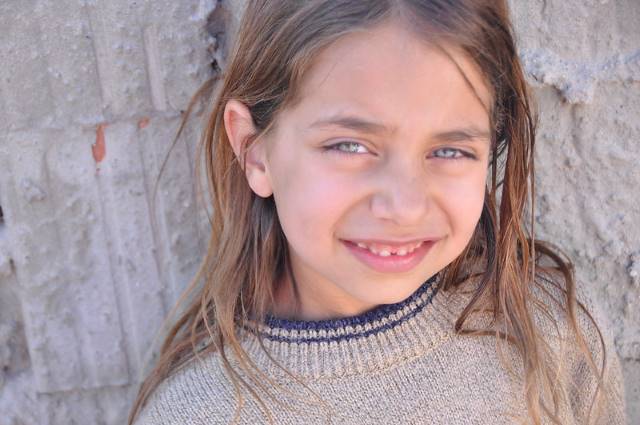 An uncomfortable reality is that there are many children in the world who do not have essentials such as food, water, electricity and a safe, sheltered home. This is the reality for the people living in Lunik IX in Slovakia.
An uncomfortable reality is that there are many children in the world who do not have essentials such as food, water, electricity and a safe, sheltered home. This is the reality for the people living in Lunik IX in Slovakia.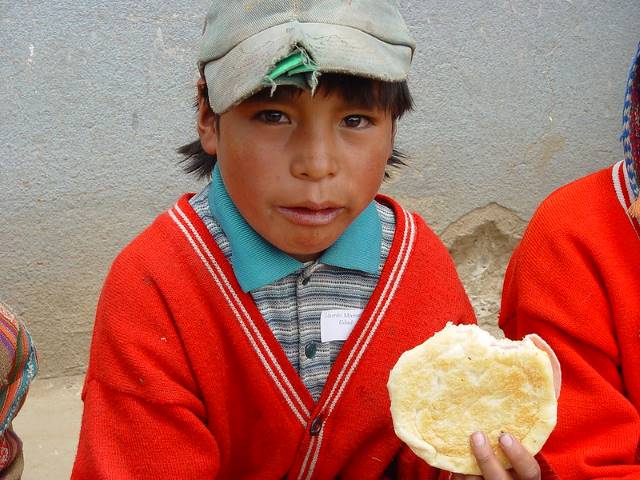 Low-income countries have long been the victims of poor health care systems. Along with this health care system neglect has also come a large amount of dental care neglect. Both dental staffing and dental resources are scarce resources for those living below the poverty line in low-income countries. Smiles Forever is a nonprofit working within Bolivia in order to provide restorative dentistry as a way of increasing resources to a population desperately in need.
Low-income countries have long been the victims of poor health care systems. Along with this health care system neglect has also come a large amount of dental care neglect. Both dental staffing and dental resources are scarce resources for those living below the poverty line in low-income countries. Smiles Forever is a nonprofit working within Bolivia in order to provide restorative dentistry as a way of increasing resources to a population desperately in need.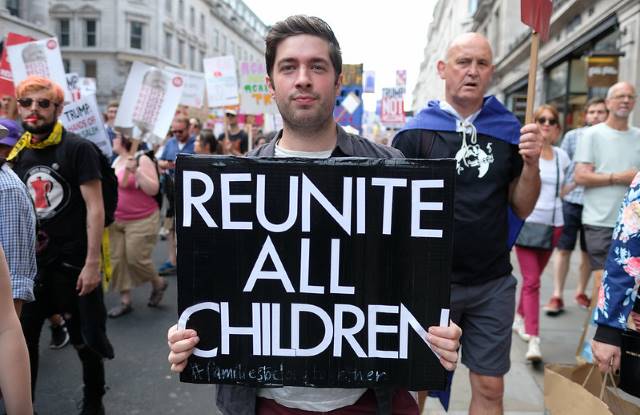 In recent years, Mexico has become an increasingly significant place of asylum. More than 70,000 refugees have submitted asylum applications in 2019, and despite an initial drop in applications in 2020 due to the pandemic, COVID-19 claims for asylum in December 2020 hit a record high. The well-being of child refugees in Mexico is of particular concern.
In recent years, Mexico has become an increasingly significant place of asylum. More than 70,000 refugees have submitted asylum applications in 2019, and despite an initial drop in applications in 2020 due to the pandemic, COVID-19 claims for asylum in December 2020 hit a record high. The well-being of child refugees in Mexico is of particular concern.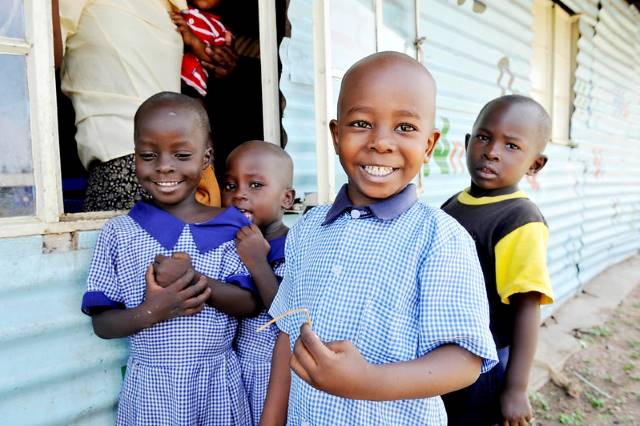 Organizations like UNICEF and ACAKORO have been providing educational resources to Kenyan students despite the immense difficulties in the country due to COVID-19 and 2020’s locust invasion. On March 15, 2020, the Kenyan Government forced schools to shut down due to COVID-19. Due to school closures, millions of students risk losing out on education during the pandemic. Organizations stepped in to provide resources, remote learning services and sanitation facilities to vulnerable children in Kenya.
Organizations like UNICEF and ACAKORO have been providing educational resources to Kenyan students despite the immense difficulties in the country due to COVID-19 and 2020’s locust invasion. On March 15, 2020, the Kenyan Government forced schools to shut down due to COVID-19. Due to school closures, millions of students risk losing out on education during the pandemic. Organizations stepped in to provide resources, remote learning services and sanitation facilities to vulnerable children in Kenya.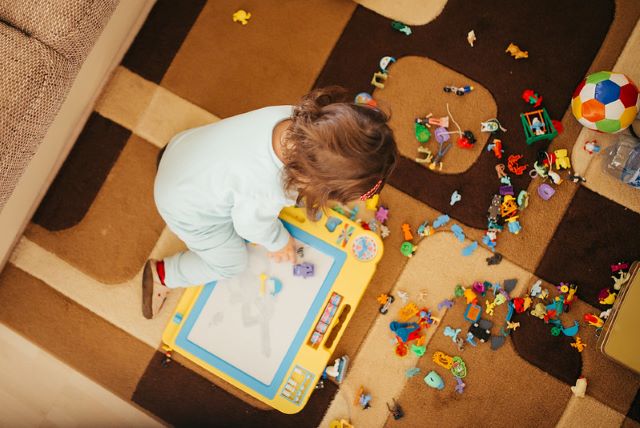 For kids of all ages, making a list of toy requests for Santa is one of the most exciting times of the year. Yet for children living in the world’s poorest regions, there is no Santa, presents or toys. UNICEF estimates that across the world,
For kids of all ages, making a list of toy requests for Santa is one of the most exciting times of the year. Yet for children living in the world’s poorest regions, there is no Santa, presents or toys. UNICEF estimates that across the world,  Sesame Street is
Sesame Street is  Around the world, the effects of poverty negatively impact childhood development in more than 200 million children. Child development outcomes play a key part in a country’s advancement and the state of the economy. The U.S. National Library of Medicine explains, “Children living in compounded adversity face increased risks of poor child development outcomes and emotional and behavioral problems that can perpetuate a cycle of poverty and violence.” However, in 2016, the implementation of an innovative home-visiting intervention program in Rwanda called
Around the world, the effects of poverty negatively impact childhood development in more than 200 million children. Child development outcomes play a key part in a country’s advancement and the state of the economy. The U.S. National Library of Medicine explains, “Children living in compounded adversity face increased risks of poor child development outcomes and emotional and behavioral problems that can perpetuate a cycle of poverty and violence.” However, in 2016, the implementation of an innovative home-visiting intervention program in Rwanda called 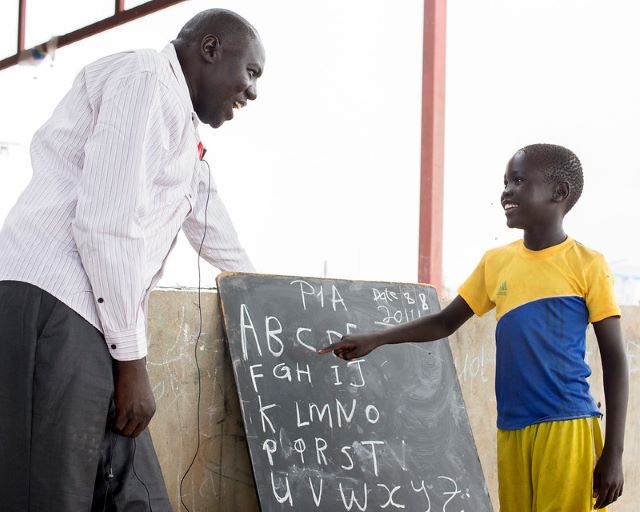 Over three million children in Sudan do not attend school. The severe gap in the education system continues the cycle of poverty in the country. Chronic underdevelopment and conflict are two of the most significant reasons children in Sudan are out of school. Girls face additional hurdles such as cultural pressures and traditional views that prevent them from receiving an education. While 76% of primary age children attend school, in secondary, the number
Over three million children in Sudan do not attend school. The severe gap in the education system continues the cycle of poverty in the country. Chronic underdevelopment and conflict are two of the most significant reasons children in Sudan are out of school. Girls face additional hurdles such as cultural pressures and traditional views that prevent them from receiving an education. While 76% of primary age children attend school, in secondary, the number 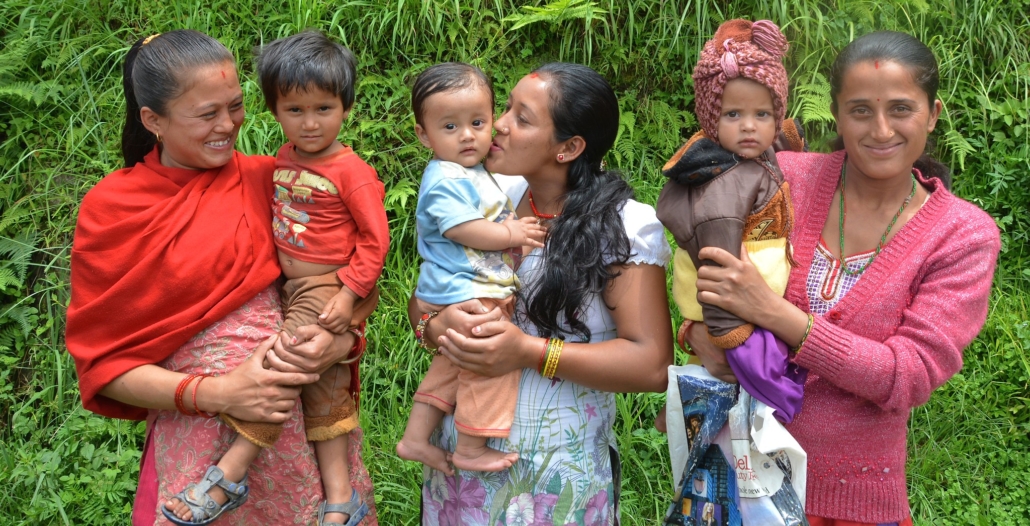 In Nepal,
In Nepal, 